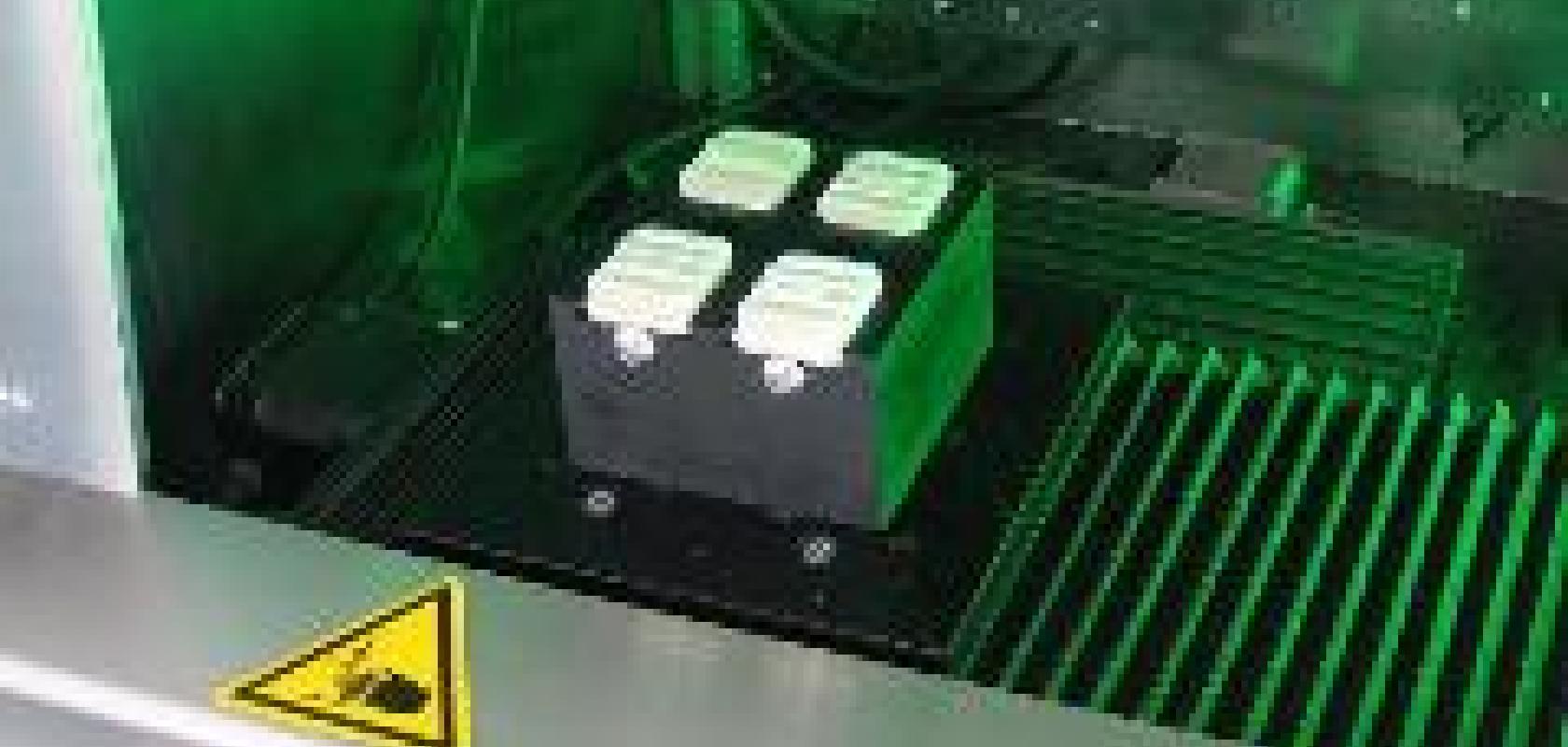In order to record surface topographies, micro-engineering company Certiga Engineering Solutions is using Micro-Epsilon's optoNCDT 2401 confocal sensors for high precision measurements.
Certiga's KF-30 automatic measurement system has been developed to detect and profile the surfaces of different materials using the non-contact confocal measuring technique, and then display the results three-dimensionally. A typical application for the KF-30 is in dental research, where the system is used to measure the biting surfaces of dental implants and to analyse the resulting abrasions. The system is already being used in this manner at the Munich polyclinic.
The surface to be measured is displayed visually using a CCD camera. The desired area is marked directly in the 'live' image. Up to eight surfaces can be measured automatically. The software provided displays the data as a three-dimensional surface. Using the confocal sensor, a resolution of up to 0.12µm is achieved. The system is used on surfaces such as plastic, paper, fibre matting, glass and metals.
Extremely high resolutions are possible when using confocal chromatic measurement technology. Resolutions in the nanometre range are typically achieved by expanding the colour spectrum. As the colour, which is in the focal point, is used for distance information, confocal sensors have a very small measuring spot that enables measurements on particularly small objects. Therefore, even the finest scratches on a surface can be measured reliably.
Micro-Epsilon's optoNCDT 2401 confocal chromatic measuring system comprises a controller and a sensor. A fibre optic cable, up to 50m in length, connects these two components. The optoNCDT 2401 has no moving parts and is therefore wear-free. It can also be used in hazardous (ATEX/Ex) environments.
With transparent materials, a one-sided thickness measurement can be accomplished along with the distance measurement. Since the emitter and receiver are arranged in one axis, shadowing is avoided. In contrast to conventional triangulation sensors, the optoNCDT 2401 system is able to measure in narrow apertures, small gaps and cavities.


